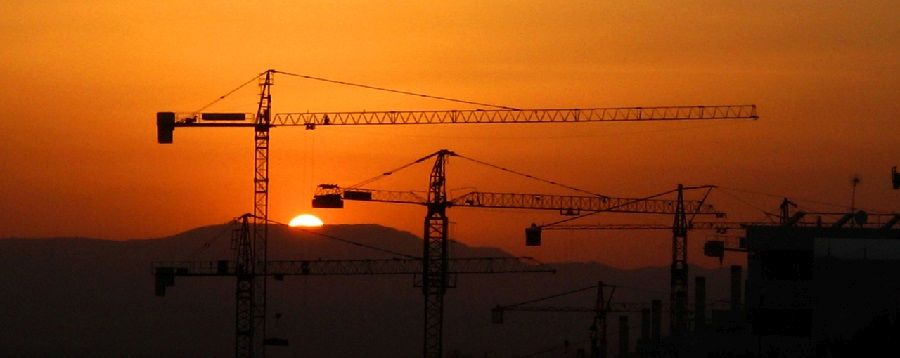
OSHA Changes Construction Crane Enforcement Policy

OSHA has announced a new enforcement policy that excludes monorail hoists from the requirements of Subpart CC – Cranes and Derricks in Construction. Employers will now meet the requirement if they are in compliance with OSHA’s rules for overhead hoists and general training standards. General industry requirements for monorail hoists remain intact.
The agency says the policy change was made in response to comments from stakeholders and in recognition that a monorail hoist – which is attached to a fixed monorail mounted on equipment such as trucks, trailers, or scaffolding systems – is significantly different from other cranes and derricks in construction. OSHA intends to consider rulemaking options to address this issue. A June 30 memorandum announced a temporary enforcement policy pending the resolution of that rulemaking process.
For the purposes of the enforcement policy, a monorail hoist means a hoisting mechanism attached to a completely fixed monorail (I-beam) mounted on equipment such as work vehicles, trailers, or scaffolding systems. The monorail hoists can be extended and contracted in only a fixed horizontal direction to hoist materials and can hoist materials only as high as the monorail. The monorail hoist does not have a rotating superstructure and cannot swing on a hinge or boom out significantly beyond the wheelbase of a vehicle or the ease of its supporting structure.
Materials commonly lifted and placed by monorail hoists during construction include precast concrete components (septic tanks, storm drain and sewer conduits, vaults), storage tanks, mechanical components, electrical transformers or materials on spools.
Learn More:
Read the OSHA memo (pdf).
Visit the OSHA Cranes and Derricks in Construction page.
Read Crane and Derrick FAQs.
Review Crane, Derrick and Hoist safety tips, bulletins and fact sheets.
Browse Crane Safety Signs and Labels.

